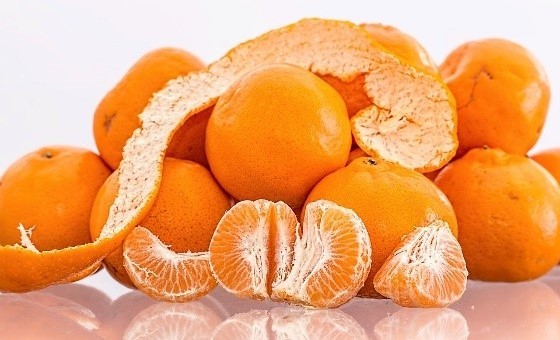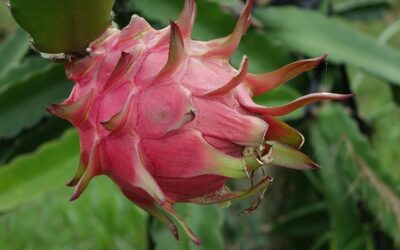For a long time, oranges and lemons were the only citrus fruits available in Zambia, while other easy-peeling varieties were scarce and very expensive when found. Over time, more farmers saw the demand and started growing easy-peel varieties. Often, people call our nursery asking for naartjie trees, referring to any type of Satsuma, Tangerine, Mandarin, or Clementine. Traditionally, a naartjie is a Satsuma mandarin (Citrus reticulata), a soft, loose-skinned mandarin orange. However, over the years, the meaning of ‘naartjie’ has broadened to describe all mandarin (Citrus reticulata) types, excluding Clementines (Citrus × clementina), which are a hybrid between a willow leaf mandarin orange (C. × deliciosa) and a sweet orange (C. × sinensis). Since it is hard to distinguish between different types of soft citrus that easily loosen from their peel, the tendency in Zambia leans more towards including Clementines when referring to naartjies.
Let us look at the different naartjie names:
Mandarin
Mandarins, also called Mandarin oranges or Mandarines, originated in China and were likely named ‘mandarins’ because they were introduced to the West from China. The term ‘mandarin’ is used to describe all types of easy-peel citrus fruits, as mandarins are one of the five original types of citrus from which all other citrus fruits are derived. Mandarins are smaller and sweeter than oranges, with segments that easily separate and a thinner, looser skin that is easy to peel. This makes mandarins popular for consuming fresh, as they are a perfect, healthy snack. Technically, the word ‘naartjie’ is the Afrikaans equivalent of the word ‘mandarin’.

Satsuma

The Satsuma is a specific type of mandarin orange believed to have originated in Japan about 700 years ago, named after the former province of Satsuma. Satsumas are known for their soft, delicate texture and especially loose skins, which make them very easy to peel. The segmented flesh is juicy, sweet, and slightly tangy with a mild flavour, while its firm yet tender texture provides an aqueous, succulent, and almost melting consistency.
Since their origin, more cultivars of Satsumas have been developed. The fruit varies in size from small to medium and may have a round to oblate shape, with a flattened top and bottom and a broad, curved middle. The rind can range in colour from pale orange to bright orange, and even orange-red, with a leathery, smooth, semi-glossy, and taut appearance. The flesh is typically seedless or may contain a few ivory-coloured seeds depending on the cultivar.
Tangerine
Tangerines are a variety of mandarin that earned their name because they were exported through the port of Tangier in Morocco. While they thrive in warm climates, tangerines are somewhat more tolerant of cooler weather than other mandarin varieties. They have a darker reddish-orange skin that is slightly tougher and pebbly, making them a bit harder to peel compared to other easy-peel citrus fruits. Tangerines typically have some seeds and a rich flavour, though they are not as sweet as Satsumas. The Fairchild variety is one of the most popular and sweetest types of tangerines.

Clementine

While Tangerines are a type of Mandarin, Clementines are a hybrid of a Mandarin and a sweet orange. Clementines have a brighter orange skin colour and are smoother and glossier than the skin of a Tangerine and also easier to peel but not as easy as satsumas. They are the sweetest among the naartjie types and are usually seedless but occasional seeds might be present. Mandarins and clementines also differ in structure; while mandarins have flesh divided into exactly nine segments, the number of segments in clementines can vary from eight to twelve.
In recent years, the availability of diverse citrus varieties in Zambia has grown significantly, reflecting the efforts of local farmers and nurseries to meet the increasing demand for easy-peel fruits. While the term “naartjie” continues to evolve, encompassing a range of mandarins and even hybrids like clementines, what remains constant is the shared love for these sweet, tangy, and convenient fruits. As farmers and consumers alike embrace this diversity, the citrus industry in Zambia is set to flourish, providing fresh, locally-grown options that cater to every palate. Whether you prefer the melt-in-your-mouth softness of Satsumas, the vibrant sweetness of Clementines, or the rich flavor of Tangerines, there’s a NAARTJIE variety for everyone to enjoy.









